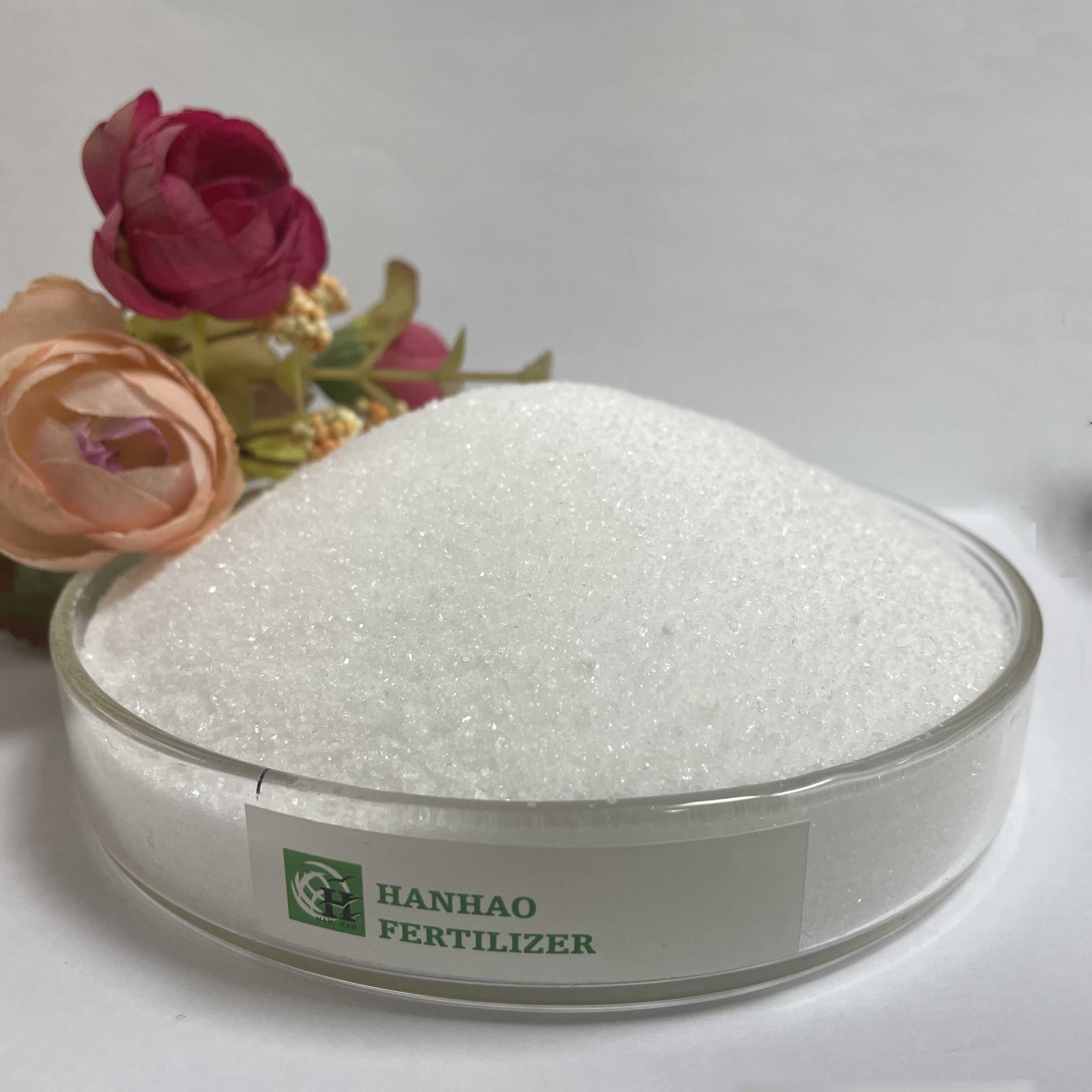
Oct . 11, 2024 10:38 Back to list
npk 23 23 23 uses
Understanding NPK 23-23-23 Uses and Benefits in Agriculture
NPK fertilizers are essential components in modern agriculture, as they provide the necessary nutrients for optimal plant growth. Among the various formulations available, NPK 23-23-23 stands out due to its balanced ratio of nitrogen (N), phosphorus (P), and potassium (K) — each at 23%. This equal distribution of nutrients makes it a versatile choice for various crops and soil types.
The Components of NPK 23-23-23
1. Nitrogen (N) Nitrogen is crucial for promoting vegetative growth. It is a primary component of chlorophyll, the compound that allows plants to photosynthesize. High nitrogen content in NPK 23-23-23 supports the development of lush, green foliage, which is vital for crops like leafy vegetables and grains.
2. Phosphorus (P) Phosphorus plays a significant role in plant energy transfer, photosynthesis, and the transformation of sugars and starches. It is also critical for root development and flowering. The presence of phosphorus in NPK 23-23-23 helps establish strong root systems, ensuring plants can effectively uptake water and nutrients from the soil.
3. Potassium (K) Potassium is important for overall plant health. It enhances resistance to pests and diseases, regulates water usage, and ensures proper functioning of stomata, which control gas exchange and transpiration. With potassium in its composition, NPK 23-23-23 helps improve fruit quality and crop yield.
Benefits of Using NPK 23-23-23
npk 23 23 23 uses

1. Versatility One of the significant advantages of NPK 23-23-23 is its versatility. It is suitable for a wide variety of crops, including vegetables, fruits, grains, and ornamental plants. Farmers can use this fertilizer for multiple purposes throughout the growing season, simplifying fertilization schedules and reducing the number of different fertilizers required.
2. Soil Enhancement Regular application of balanced fertilizers like NPK 23-23-23 can improve soil structure and fertility over time. By replenishing essential nutrients, it can enhance microbial activity and promote a healthy soil ecosystem, which is critical for sustainable agriculture.
3. Optimal Growth The balanced nutrient composition of NPK 23-23-23 allows for optimal plant growth. This ensures that crops grow to their maximum potential, leading to higher yields and better-quality produce. For farmers, this means more substantial profits and potentially a reduced need for additional inputs.
4. Ease of Use NPK 23-23-23 is easy to apply, whether through broadcasting, side-dressing, or fertigation. Its granulated form dissolves in water, making it suitable for liquid applications. This convenience saves time and labor on the farm, allowing farmers to focus on other essential tasks.
Application Recommendations
When using NPK 23-23-23, it’s essential to conduct a soil test first to determine nutrient levels and pH. This step will help optimize fertilizer application rates and avoid over-fertilization, which can harm the environment. The application should align with the specific growth stages of the crops; for example, higher nitrogen application may be beneficial during the vegetative stage, while phosphorus and potassium might be more crucial during flowering and fruiting stages.
In conclusion, NPK 23-23-23 is a valuable asset in modern agriculture, providing a perfect balance of essential nutrients for diverse crops. By understanding its uses and benefits, farmers can make informed decisions that maximize crop productivity and sustainability, ultimately contributing to food security and agricultural stability.
-
10 10 10 Fertilizer Organic—Balanced NPK for All Plants
NewsJul.30,2025
-
Premium 10 10 10 Fertilizer Organic for Balanced Plant Growth
NewsJul.29,2025
-
Premium 10 10 10 Fertilizer Organic for Balanced Plant Growth
NewsJul.29,2025
-
Premium 10 10 10 Fertilizer Organic for Balanced Plant Growth
NewsJul.29,2025
-
50 Pound Bags of 13-13-13 Fertilizer for All Plants – Bulk & Organic Options
NewsJul.28,2025
-
High-Efficiency 15-30-15 Granular Fertilizer for Healthy Crops
NewsJul.28,2025
